Bright Food, Dark Truth: The Hidden World of Artificial Colours
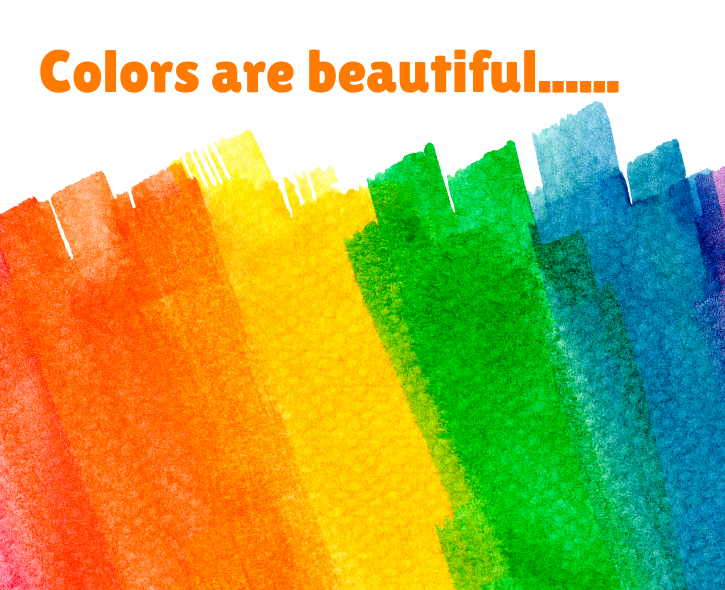
Share
If your snack glows in the dark, maybe it shouldn’t be in your stomach.
Let’s be honest — food in India is often way too colourful to be real. That jalebi that’s more orange than a traffic cone? The namkeen that dyes your fingers red? The chutney so green it could pass as Holi paint?
It’s not magic. It’s synthetic colour.
And it’s in a lot more food than you think.
How Did We Get Here?
Food wasn’t always this flashy. Traditionally, Indian food got its colour from ingredients themselves — turmeric for yellow, saffron or beetroot for red, spinach or mint for green. Natural, wholesome, real.
But then came mass manufacturing, visual marketing, and the race to stand out on shelves. The logic was simple:
If your food looks brighter, it sells better.
So food companies started adding synthetic colours — cheap, consistent, vibrant dyes made in labs — to make their products pop. Not pop as in “yay!”, but as in why does this samosa glow under tube light?
What Are Artificial Colours, Really?
They’re chemical compounds — many derived from petroleum (yes, the stuff used in fuels) — created to mimic the natural hues found in real food. They're classified under names like:
- Tartrazine (Yellow No. 5 / INS 102)
- Sunset Yellow (INS 110)
- Carmoisine (INS 122)
- Brilliant Blue (INS 133)
- … and many more.
These names don’t show up on packaging in big bold letters. Instead, they’re hidden behind terms like “permitted colours” or cryptic E-numbers. So unless you’re actively looking for them, you probably wouldn’t even notice.
Where You’ll Find Them in India
You don’t need to look far. These synthetic dyes are everywhere — from local mithai shops to supermarket shelves.
- In sweets: That perfect orange ladoo or the glowing pink barfi? Definitely enhanced.
- In namkeens: If your fingers stay stained after munching, it’s not turmeric doing the job.
- In bakery items: Bright red cherry toppings, rainbow cakes, or even unnaturally white cream.
- In chutneys and pickles: Sometimes the green is more chlorophyll than coriander.
- In syrups and soft drinks: Ever seen a neon blue drink in nature? Neither have we.
- Even in daily food like pulao served at some weddings or roadside eateries: One suspiciously yellow grain at a time.
The Problem with These Colours
Here’s the thing — these colours don’t do anything for your health. In fact, they can do the opposite.
🧠 Linked to hyperactivity in kids
Studies (especially in Europe and the US) show links between artificial dyes and increased ADHD symptoms in children. Some countries now even require warning labels on products containing these dyes.
💢 Can trigger allergic reactions
Certain food dyes are known to cause hives, asthma, and other allergic responses — especially in sensitive individuals.
🐁 Animal studies have raised alarms
Some colours have been linked to tumors and cancer in animal studies. While that’s not conclusive for humans, it’s enough to make you think twice.
🌍 Globally controversial, locally accepted
Here’s the real kicker: some of these colours are banned or restricted in the EU, but still allowed in India. Why? Loopholes, lack of enforcement, and because we, as consumers, rarely question it.
The Labelling Loophole
Even if you read every label (respect if you do🫡), you might still miss these colours. Brands often hide them behind:
- “Permitted synthetic food colour”
- “INS XXX”
- “Contains added colours”
It’s legal. But not clear.
And that’s the problem.
Why Does It Matter?
Because food isn’t supposed to entertain your eyes — it’s supposed to nourish your body.
We’ve reached a point where food is performing for us — looking bright, feeling crunchy, smelling irresistible — all thanks to chemicals. It’s not food anymore. It’s theatre.
And we eat it every single day.
So What Can You Do About It?
Glad you asked. Here’s the good news: you don’t have to go full organic hermit to make better choices.
✅ Start by reading labels.
Look for numbers like 102, 110, 122 — or any mention of "added colours." If it doesn’t sound like food, maybe it isn’t.
✅ Go dull.
Real food isn’t always flashy. A naturally made ladoo might look pale but will likely be free from weird lab stuff. Train your eyes to love authenticity, not brightness.
✅ Support brands that disclose everything.
Transparency is rare. When you find a brand that says “No added colours” and actually means it — stick with it. (We are one such brand😎)
✅ Call it out.
Share. Talk. Post about it. The more we ask questions, the more pressure there is on food makers to clean up their act.
The Bottom Line
Artificial colours are a shortcut — a shiny mask worn by food to make it look better than it is. But the real cost isn’t visual — it’s nutritional, ethical, and sometimes even medical.
We’ve accepted too many “normal” things that aren’t actually okay.
Let’s stop eating with our eyes.
Let’s start demanding food that’s honest, not highlighter-hued.
Bonus Tip: If you’re curious about the ingredients in your food, tools like Drill Lens can help you quickly assess the nutritional quality of what you eat. It’s all about making informed choices.
Explore More
-
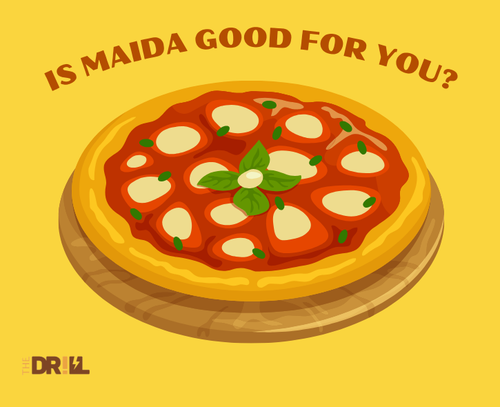
What is Maida and Why is it Bad?
...
-
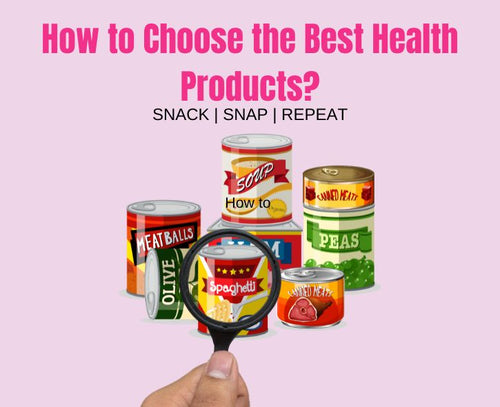
How Do You Choose the Right Products for Your Health?
...
-
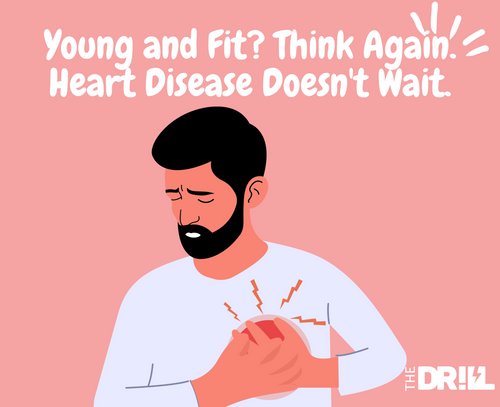
Why Gyms Won’t Save You from Heart Disease in Your 30s: The Hard Truth You Need to Hear
...
-
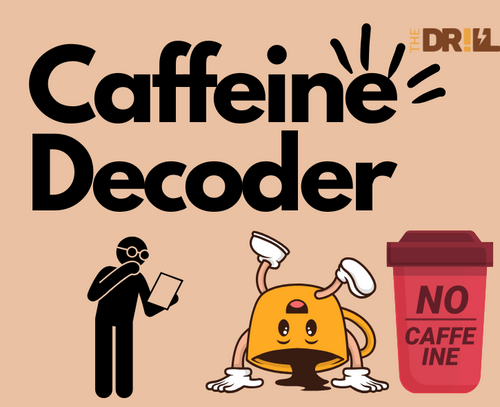
Caffeine and You: Finding the Sweet Spot for Your Day
...
-
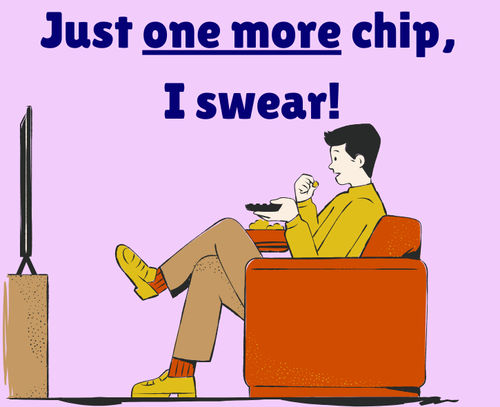
Why Potato Chips Are Addictive: The Science Behind the Crunch
...
-

Why Protein Deficiency in India Is More Common Than You Think (And How to Fix It)
...
-
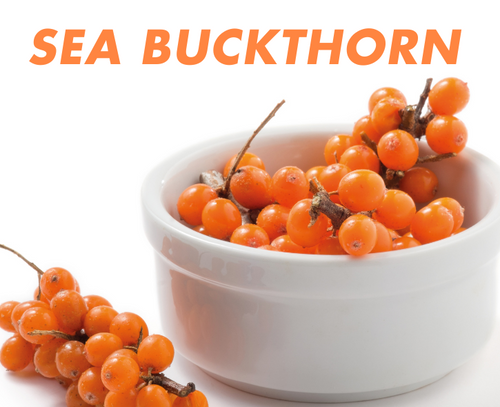
Health Benefits of Sea Buckthorn: The Superberry You Need in Your Diet
...
-

Cold Weather Hacks: How to Stay Healthy During a Mountain Trip
...
-
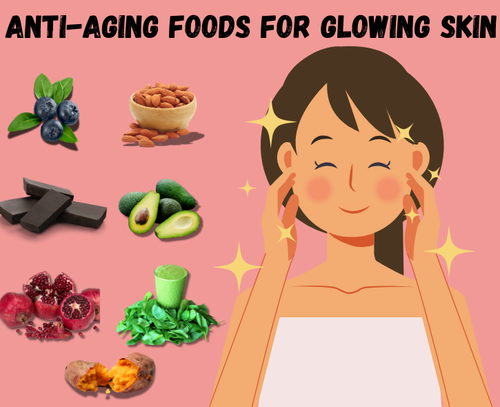
Top 10 Anti-Aging Foods to Keep You Young and Glowing – Bollywood Style
...
-
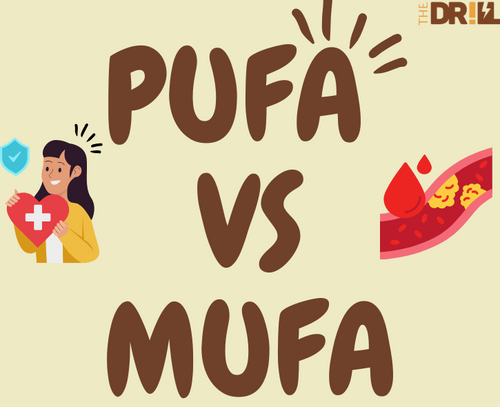
PUFA vs. MUFA: Which is Healthier?
...
-
Introducing Drill Lens: Your AI-Powered Food Rating Tool
...
-
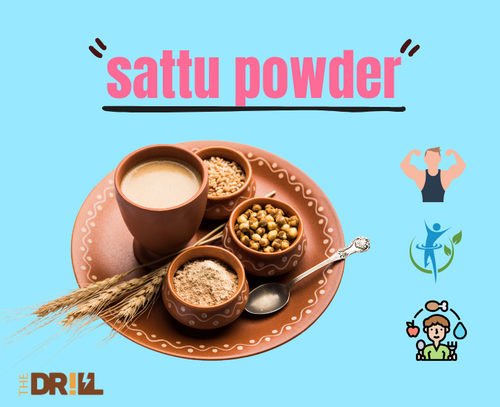
Benefits of drinking sattu everyday
...
-
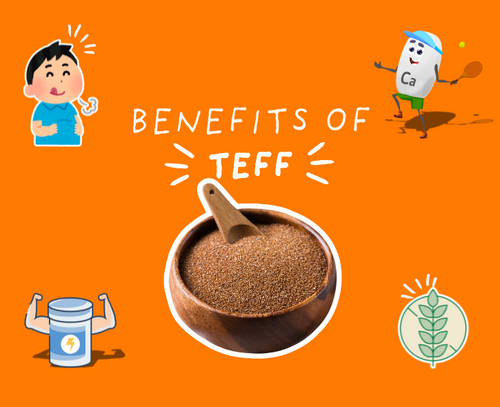
5 Surprising Health Benefits of Teff Grain for Indian Diets
...
-

Can Taurine Cause Side Effects? Here’s What You Need to Know
...
-
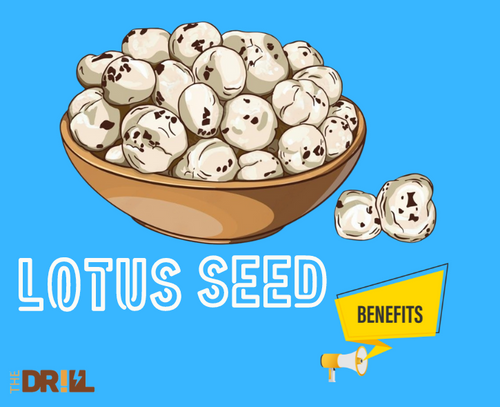
What Are the Health Benefits of Lotus Seeds?
...
-
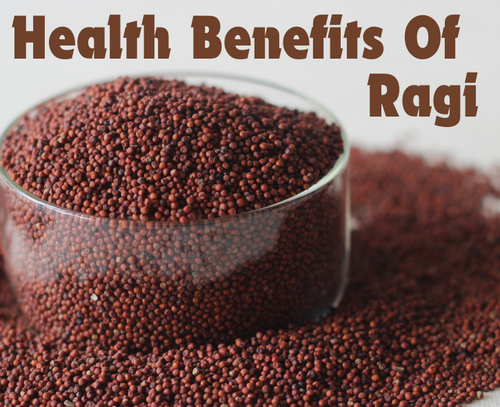
Health Benefits of Ragi for Vegetarians
...
-

How to Use Jackfruit as a Meat Substitute in Indian Cuisine
...
-
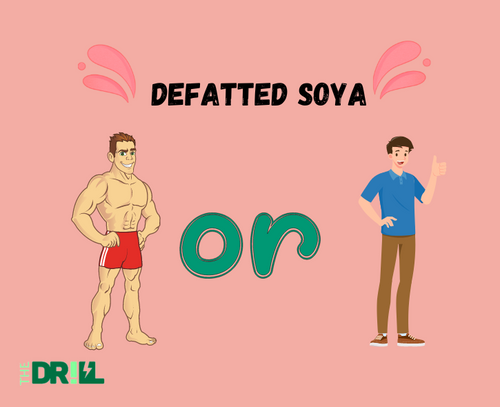
Is Defatted Soya Good for Muscle Gain?
...
-
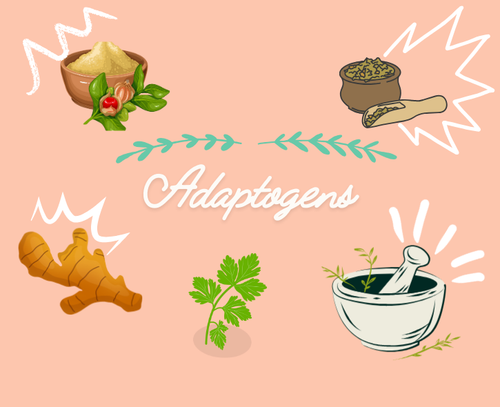
Beginner's Guide to Adaptogens
...
-
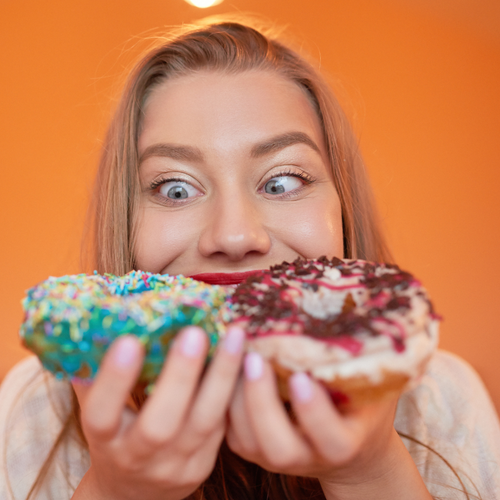
The Impact of Glycemic Index on Cravings
...
-

What is Amino Spiking in Whey Protein? A Complete Guide
...
-
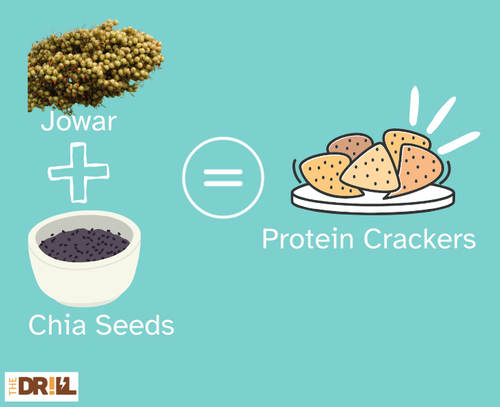
Jowar and Chia Seed Protein Crackers Recipe: A Gluten-Free, High-Protein Snack
...
-
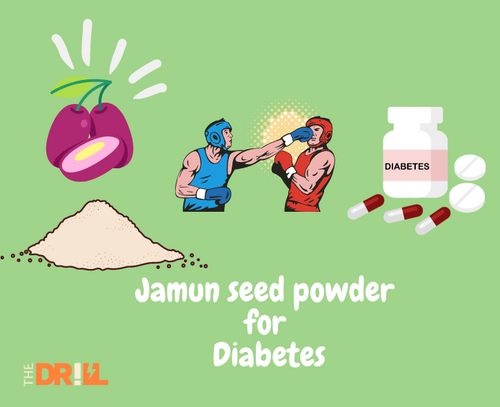
Jamun Seed Powder for Diabetes: Understanding the Benefits and How to Use It
...
-
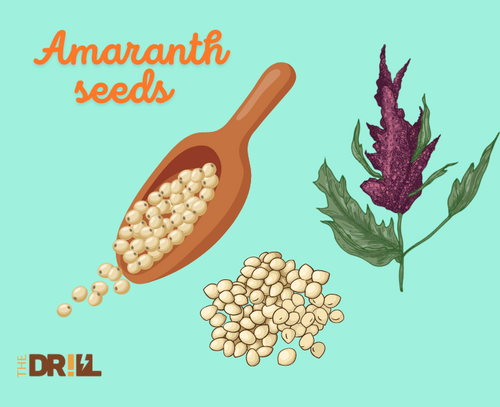
Amaranth Superfood Benefits: Why You Should Add This Ancient Grain to Your Diet
...
-

What Is Fructooligosaccharides (FOS) and Why Should You Care?
...
-
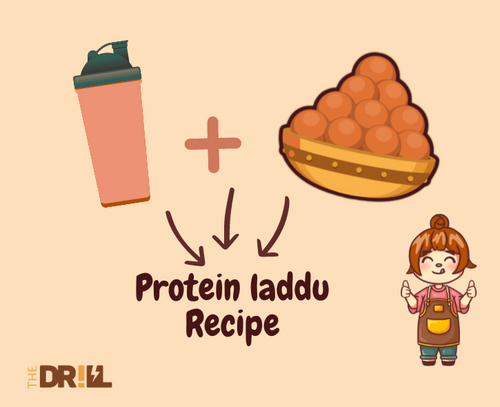
How to Make Protein Laddu at Home: A Nutritious Indian Snack
...

























